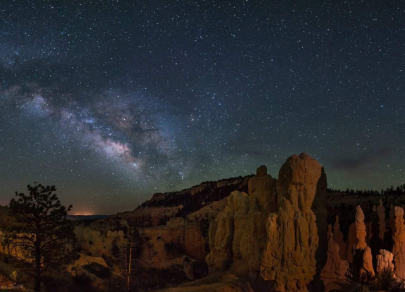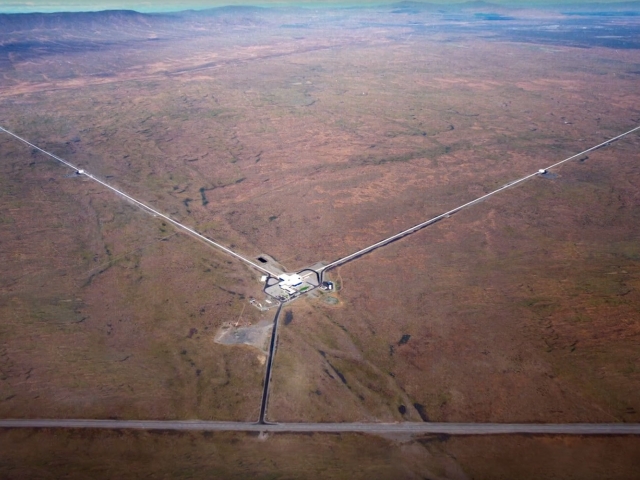
Top 5 locations for stargazing
Astrotourism is becoming more popular every year. People are willing to travel thousands of kilometers to admire the stars. But which places on Earth are considered the best for this? Let's find out now!




The scientific community believes that their discovery will ensure them a Nobel Prize.

For years, scientists were striving to find facts proving the existence of gravitational waves. Almost a century after Einstein’ exposition of gravity, specialists detected waves for the first time and revealed them to the world as a short chirp sound. Such a sound resulted from the collision of two supermassive black holes that are 1.3 billion light-years away from the Earth.

Scientists say that when a body moves round a black hole, the energy produced in form of gravitational waves is six times as powerful as the energy generated from thermonuclear reactions.

Of course, it is our up-to-date technologies that allowed us to detect and hear gravitational waves. In 2011, gravitational wave 'hunters' were reinstalled. Advanced LIGO is four times as sensitive as the previous incarnation. It is the largest apparatus on our planet with 4-km arms.

The devices are constructed to detect a wave going through our planet as a result of a black hole merger. Green light in the picture is a wave.

LIGO (Advanced Laser Interferometer Gravitational-wave Observatory) is actually two facilities, one in Louisiana and the other in Washington state; and both of them detected these waves.

Albert Einstein touched on the issue of gravitational waves within the Theory of General Relativity. Photo: original text on gravitational wave discovery (kept at the Einstein Archives of Hebrew University of Jerusalem, Israel)

Astrotourism is becoming more popular every year. People are willing to travel thousands of kilometers to admire the stars. But which places on Earth are considered the best for this? Let's find out now!